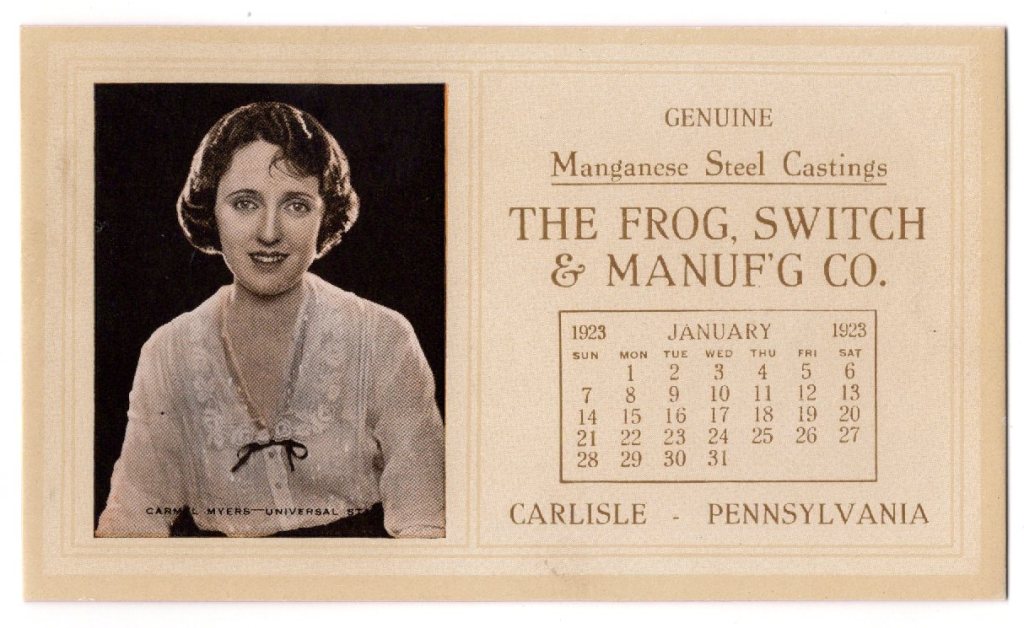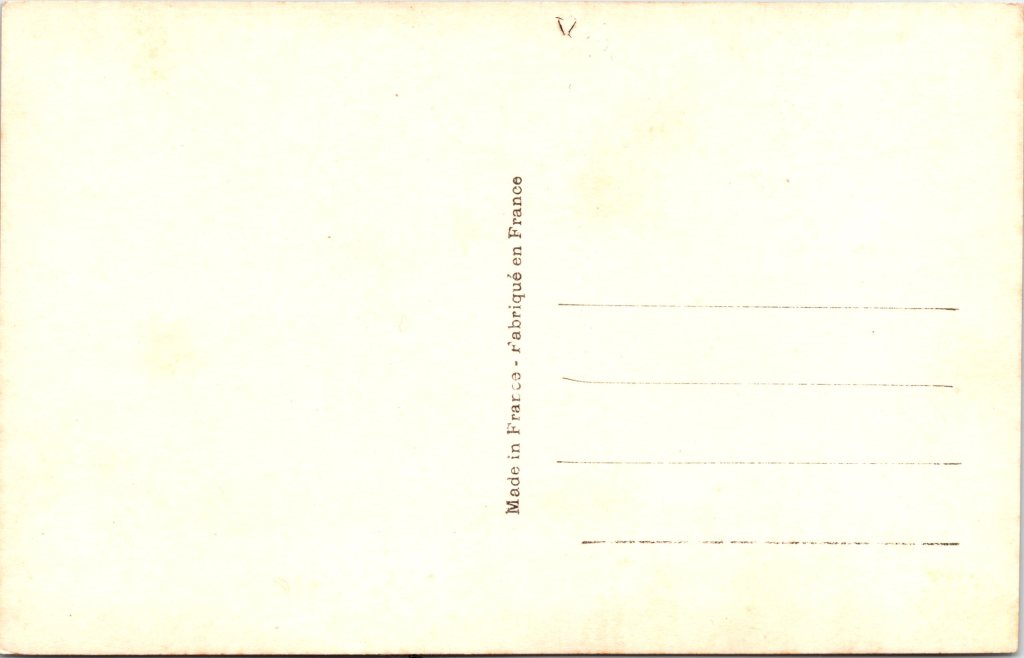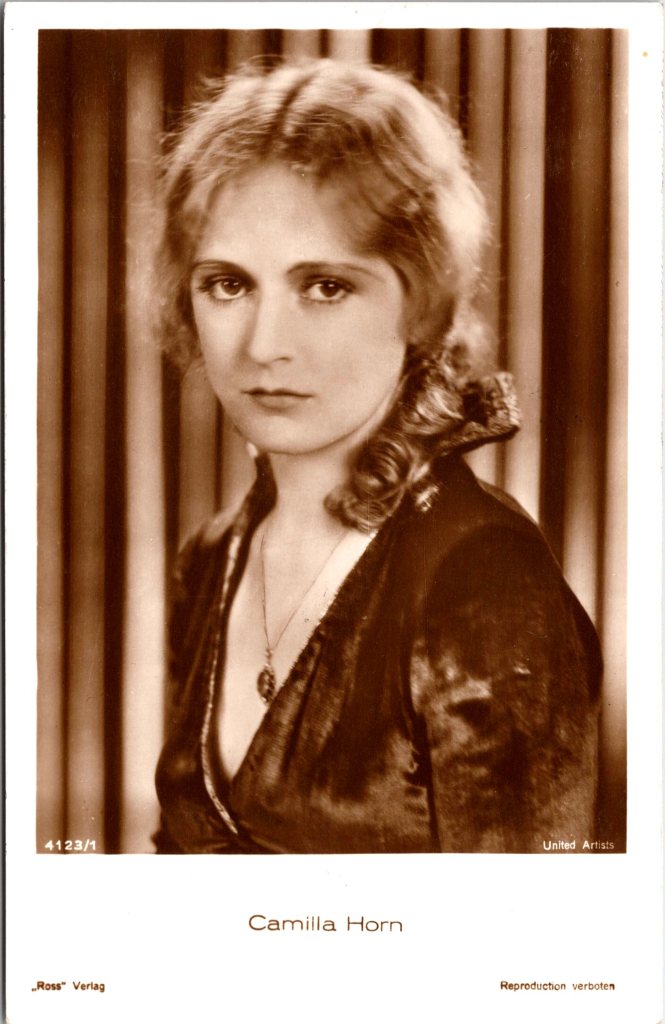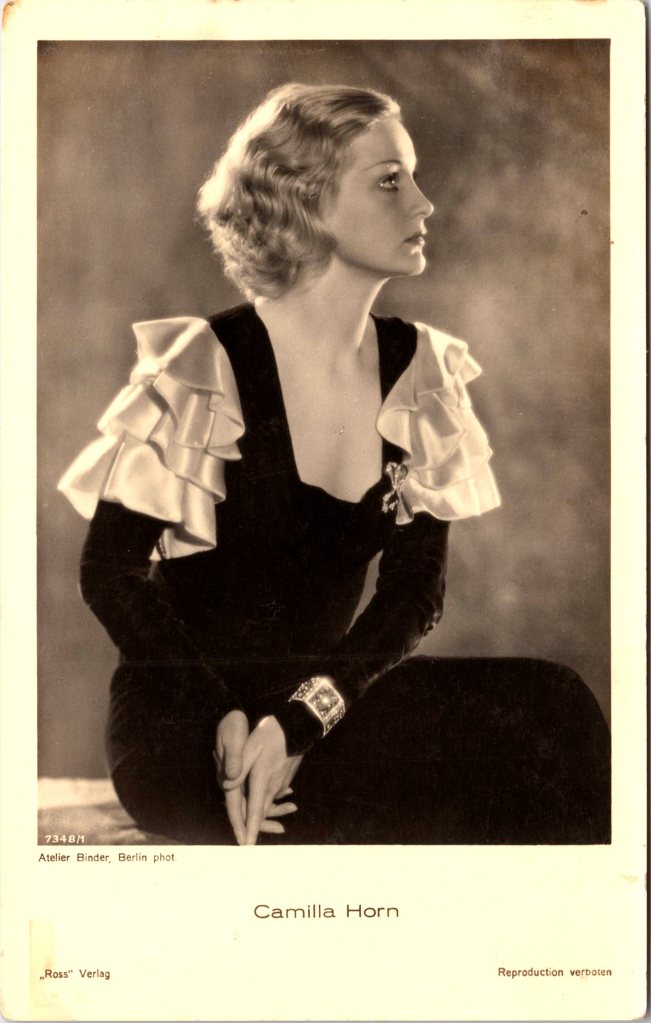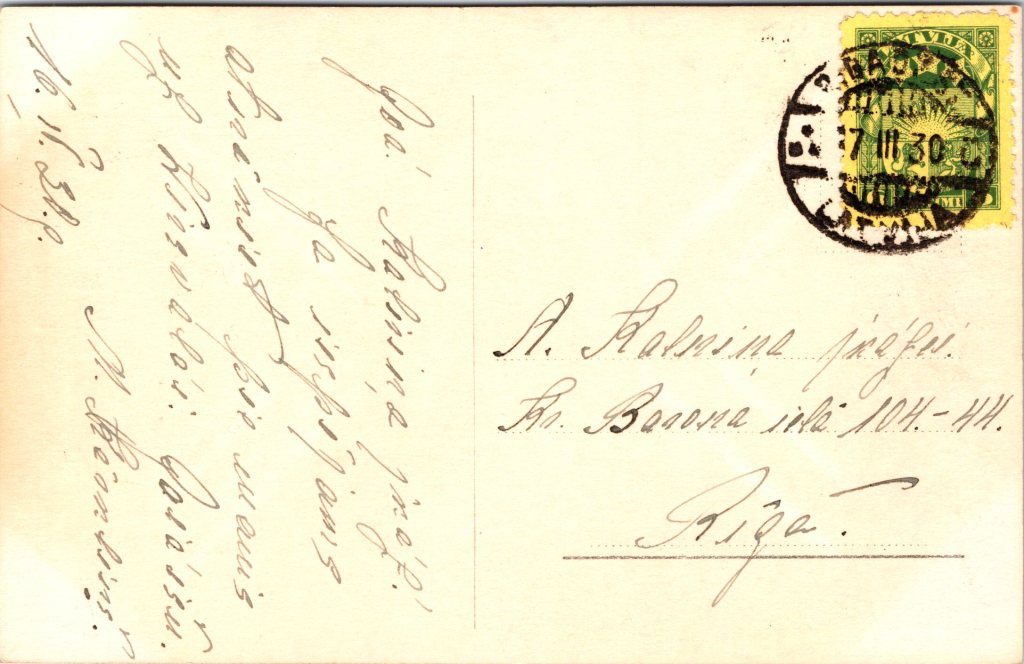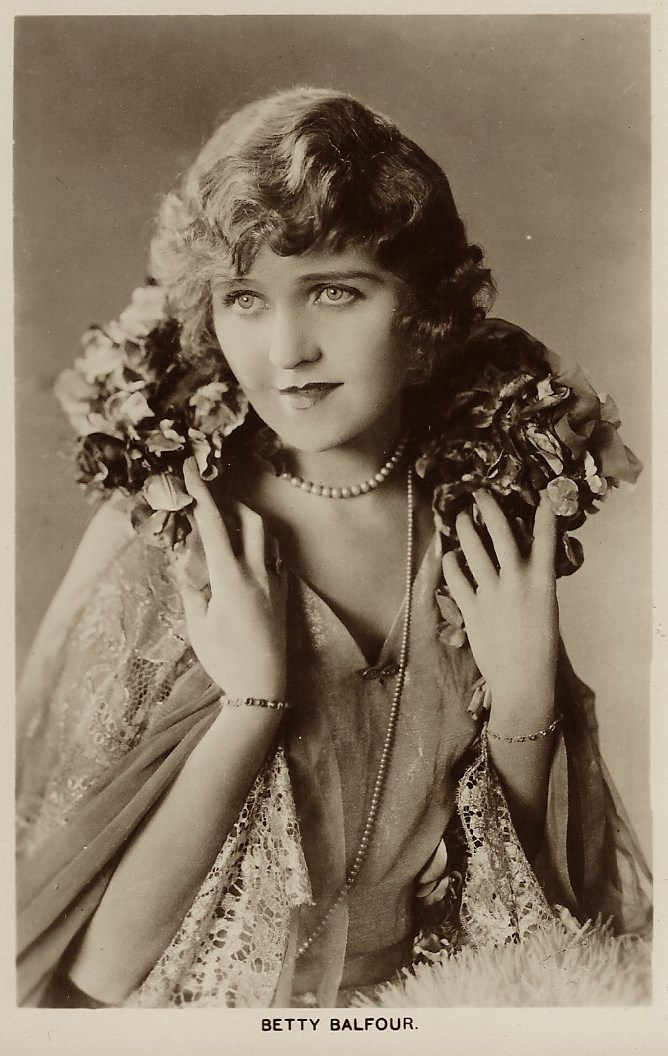POSTCARD 1 (SOLD)
POSTCARD 2 (SOLD)
This uncommon vintage real photo postcard (Postcard 1) features silent film icon, Clara Bow (1905-1965 ). She successfully made the transition to talkies in 1929. Bow appeared in 46 silent movies and 11 talkies. She was known as the “It Girl” during the golden age of Hollywood. She was known for her vivacious energy, mesmerizing on-screen presence, and her impressive talent. She was born in Brooklyn, New York and grew up in the borough’s tenements. Both of her parents had mental health issues and she grew up in an unstable and chaotic environment. She was a resilient and determined child and she took on a caretaker role for her younger siblings. She was responsible and mature beyond her years. Despite her humble background, she became a very influential figure in cinema history. Her rise from poverty to stardom, and her groundbreaking portrayals of independent and liberated women, helped her gain an enduring legend of the silver screen. Clara Bow was discovered in 1922 when she participated in a magazine contest searching for new talent. Her photographs were seen by film producer B. P. Schulberg who saw her potential and offered her a screen test. Her screen presence was impressive and she signed a contract with Paramount Pictures. In her earliest films, her versatility was was obvious as she transitioned effortlessly between dramatic and comedic roles. It was the 1927 film, “It” that made Clara Bow a superstar and earned her the nickname of “The It Girl”. She was viewed as modern, charismatic, and sexually liberated. Bow was also successful in “talkie” films, despite her Brooklyn accent. While Bow was successful professionally, her personal life was a “hot mess”. She had a long term troubled marriage to actor Rex Bell (m.1931) and she battled her own mental health issues, including anxiety and depression. In 1933, Bow retired from acting and became a rancher. This vintage real photo postcard was published by Ross Verlag (Germany) as part of a series (No.3394/1). Bow is wearing a grass skirt, a Hawaiian Lei, and holding a ukulele. She is showing her bare legs. The card is risque for it’s era. The logo for Paramount Pictures can be found in the images bottom right hand corner. SOLD
Postcard 2 was published by Ross Verlag (Germany) as part of a series (No.4480/1). Bow is wearing a short skirt. She is showing her bare legs. The card is risque for it’s era. The logo for Paramount Pictures can be found in the images bottom right hand corner. SOLD

POSTCARD 1

POSTCARD 2



